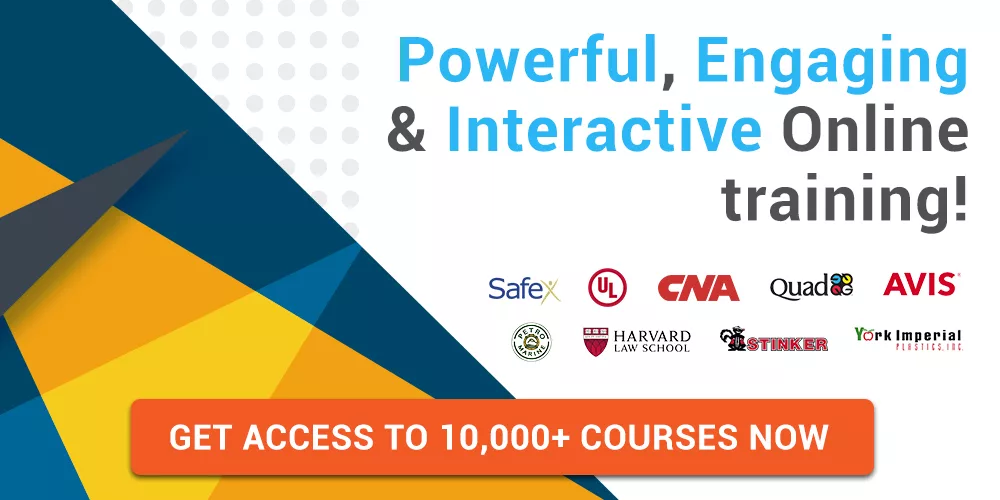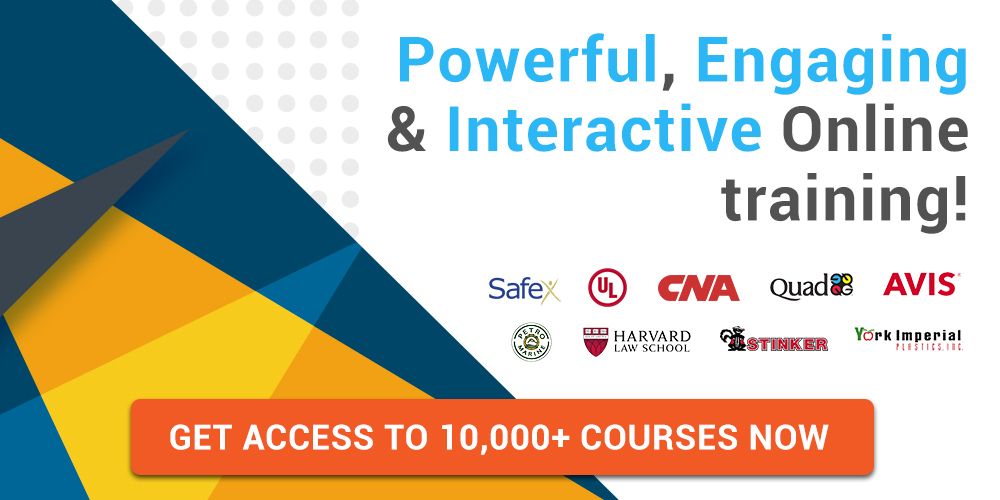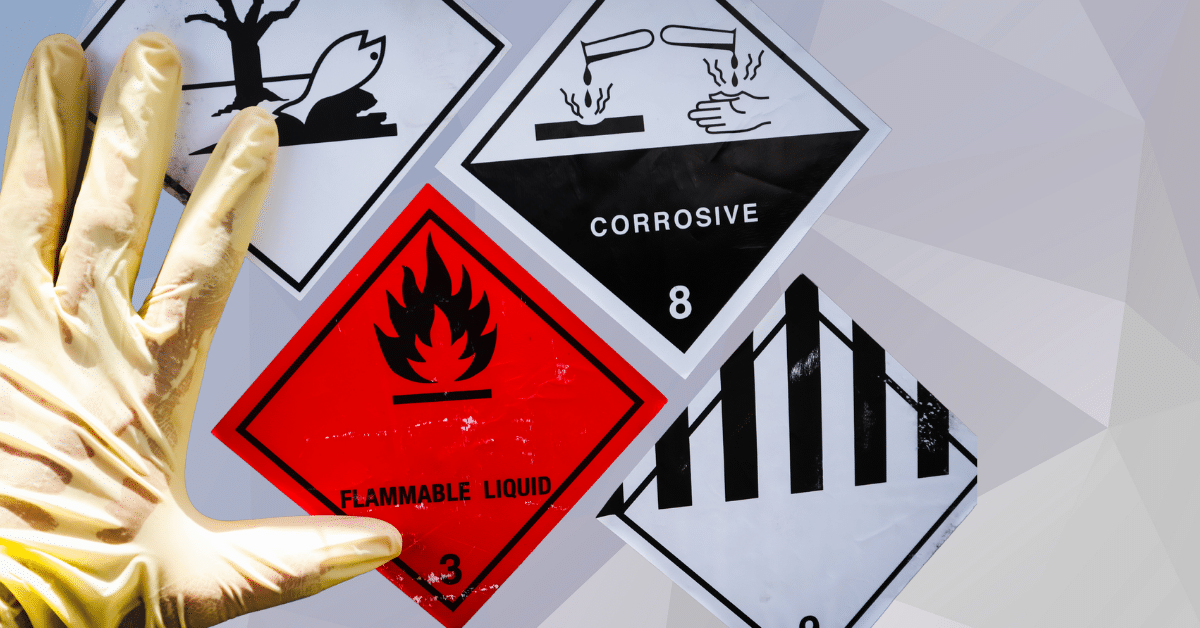14 Meditation Tips To De-Stress At Work And Their Benefits
The year is 2024. The world is hyper-connected, deadlines loom ever larger, and the pressure to constantly “be on” is taking its toll. American Psychological Association (APA) data suggests that work-related stress contributes to reduced efficacy and exhaustion.
But what if we say you can combat stress, enhance focus, and boost your well-being at work with a simple but magical tool? Enter meditation – an ancient practice experiencing a modern renaissance, particularly within the realm of professional success.
Meditation cultivates a state of heightened awareness and inner calm, allowing you to navigate the chaos of the modern workplace with greater resilience. By incorporating these meditation tips into your workday, you can unlock a treasure trove of benefits, transforming yourself into a calmer, more focused, and, ultimately, more successful professional.
Save Thousands Of Dollars With Coggno Prime Subscription
Benefits Of Meditation In The Workplace
Meditation isn’t just about sitting cross-legged and chanting “om.” It’s a scientifically proven practice that offers a multitude of advantages for the working professional:
- Sharpened Focus: A study published in Behaviour Research and Therapy found that meditation can significantly improve sustained attention, allowing you to concentrate on tasks without succumbing to distractions.
- Stress Slayer: Meditation activates the body’s relaxation response, lowering stress hormones like cortisol and promoting feelings of calmness.
- Emotional Intelligence Edge: Meditation fosters a deeper understanding of your emotions, enabling you to respond thoughtfully rather than reacting impulsively in high-pressure situations.
- Creativity Catalyst: Research suggests that meditation can unlock a wellspring of creativity, allowing you to approach problems from fresh perspectives and generate innovative solutions.
- Enhanced Decision-Making: Meditation fosters clarity and focus, empowering you to make sound decisions under pressure, even when faced with tight deadlines or challenging colleagues.
These are just a few of the many benefits of meditation. By incorporating it into your workday, you’ll be well on your way to becoming a calmer, more effective, and ultimately happier professional.
Successful Meditation (Course)
How To Set The Stage For Meditation
Before diving into specific meditation techniques, it’s crucial to create an environment conducive to practice. Here’s how to craft your personal meditation haven at work:
- Finding Your Zen Den: Even in a bustling office, carve out a quiet space for meditation. It could be an empty conference room, a designated relaxation area, or even a secluded corner of your cubicle.
- Scheduling Serenity: Integrate meditation into your workday. Consider early mornings before the chaos begins, short breaks throughout the day, or even during your lunch hour. Experiment and find a time that works best for you.
14 Essential Meditation Tips: Your Meditation Toolkit For Workplace Triumph
Below are 14 practical meditation tips for beginners as well as professionals that they can incorporate into their workday, categorized for ease of exploration:
Meditation Tip 1: Breath-Based Techniques:
- The Power Of Pranayama: This is one of the best meditation tips for anxiety. Meditators master the art of yogic breathing techniques known as Pranayama and induce calm and focus. In this technique, meditators have to focus on slow, deep breaths, inhaling through their nose and exhaling through their mouth.
- Box Breathing: This simple technique involves inhaling for a count of four, holding your breath for a count of four, exhaling for a count of four, and holding your breath out for a count of four. Repeat this cycle for several minutes.
Also Check: 20 Best Stress Management Courses
Meditation Tip 2: Mindfulness Techniques:
- Body Scan Meditation: Cultivate awareness through Somatic Meditation. Close your eyes and mentally scan your body, observing any physical sensations without judgment.
- The 5-4-3-2-1 Technique: Ground yourself in the present moment by focusing on five things you can see, four things you can touch, three things you can hear, two things you can smell, and one thing you can taste.
Mindfulness Meditation (Course)
Meditation Tip 3: Focus-Based Techniques:
- Mantra Magic: Harness the power of repetition with Mantra Meditation. Choose a calming word or phrase (a mantra) and silently repeat it throughout your meditation session.
- Counting Breaths: Focus on counting your breaths as they enter and leave your body. This simple technique helps anchor your attention in the present moment.
Meditation Tip 4: Visualization Techniques:
- Visualizing Victory: Employ guided imagery for workplace success. Visualize yourself achieving your goals and feeling confident and composed in challenging situations.
- Nature Visualization: Imagine yourself in a peaceful natural setting, such as a serene beach or a quiet forest. Focus on the sights and sounds, and appreciate the beauty of nature.
Meditation Tip 5: Movement-Based Techniques:
- Walking Meditation: Integrate mindfulness into your walks during breaks. Notice the sensations in your feet as they connect with the ground, the rhythm of your breath, and the sights and sounds around you.
- Yoga At Your Desk: Simple yoga stretches can be incorporated into your workday to improve focus and reduce muscle tension.
Meditation Tip 6: Commuter Techniques:
- The Commuter’s Calm: Transform your commute into a mini-meditation session. Focus on your breath as you travel, observing the sights and sounds around you without judgment.
- The Power Of Pause: Take micro-meditation breaks throughout the day. Close your eyes for a few seconds, take a few deep breaths, and refocus your mind. Even a short pause can significantly enhance your focus and well-being.
Must Read: Mindful Reflection: A Step-by-Step Guide for Personal Growth
Meditation Tip 7: Mindfulness On The Go Techniques:
- The Walking Wonder: Integrate mindfulness into your workday walks. Pay attention to the sensations in your body as you move, the rhythm of your breath, and the sights and sounds of your surroundings.
- The Meeting Mantra: Before entering a potentially stressful meeting, take a few moments to silently repeat a calming mantra, such as “peace” or “clarity.”
Meditation Tip 8: Visual Reminder Techniques:
- The Post-It Power-Up: Jot down a single word or phrase that embodies your intention for the day (e.g., focus, calm) and place it on your computer monitor or desk as a visual reminder to return to your meditation practice throughout the day.
Meditation Tip 9: Acknowledge And Refocus Techniques:
- Taming The Thought Torrent: It’s natural for your mind to wander during meditation. Don’t get discouraged! Acknowledge the thought without judgment and gently bring your attention back to your chosen focus, whether it’s your breath, a mantra, or bodily sensations.
- Busting The Body Blues: Discomfort can arise during meditation, especially if you’re new to sitting for extended periods. Adjust your posture, wiggle your toes, or take a short break if needed. Remember, meditation shouldn’t be painful.
Meditation Tip 10: Embrace Self-Doubts Techniques:
- The Skeptic’s Sanctuary: Self-doubt can creep in. Remember, meditation is a skill that develops with practice. Start small, celebrate your progress, and trust the benefits will unfold.
- The Chatty Critic: Self-doubt and negative thoughts can arise during meditation. Don’t engage with these thoughts. Instead, observe them objectively and let them pass like clouds in the sky.
Meditation Tip 11: Feel And Adjust Techniques:
- The Fidget Factor: It’s natural to feel restless during meditation, especially when you’re new to sitting still. Acknowledge the urge to move without judgment and gently refocus your attention on your breath or chosen technique.
- The Sleep Saboteur: If you find yourself falling asleep during meditation, don’t be discouraged. It simply means your body is deeply relaxed. Briefly open your eyes, take a few deep breaths, and gently return your attention to your practice.
Meditation Tip 12: Metta Bhavana Techniques:
- Cultivating Compassion: Expand your practice beyond yourself by incorporating Metta Bhavana meditation, often called “loving-kindness meditation.” Silently send well-wishes to yourself, loved ones, and even strangers. This practice fosters a sense of connection and positivity.
- Gratitude Grounding: Anchor yourself in appreciation with Gratitude Meditation. Reflect on the things you’re grateful for, fostering a sense of positivity and contentment. Gratitude meditation can significantly improve your overall well-being.
Meditation Tip 13: Meditation Course Techniques:
- Meditation Courses And Apps: Consider enrolling in a meditation course or using a meditation app. These can provide helpful guidance and structure for your practice, especially if you’re new to meditation.
- Guided Meditation Resources: Utilize online resources or mobile apps that offer guided meditations on a variety of topics relevant to workplace challenges, such as stress management or focus enhancement.
Meditation Tip 14: Explore And Experiment Techniques:
- Meditation Retreats: Consider attending a meditation retreat for a more immersive experience. These retreats can provide valuable guidance, support, and a deeper understanding of meditation practices.
- Find What Works For You: These are just a sampling of the many meditation techniques available. Experiment and discover what works best for you! There’s no “one-size-fits-all” approach – the key is to find a practice that resonates with you and integrates seamlessly into your life.
The Power Of Meditation Training
While the tips offered here can provide a strong foundation for your workplace meditation practice, there’s immense value in seeking structured training. Meditation courses offered through platforms like Coggno can equip you with the knowledge, techniques, and support to deepen your practice and unlock its full potential.
Here are some of the benefits of enrolling in meditation training:
- Expert Guidance: Learn from experienced meditation teachers who can guide you through different techniques and answer your questions.
- Structured Learning: A well-designed meditation course provides a structured approach to learning and practicing meditation.
- Community And Support: Connect with others who are also interested in learning meditation. This sense of community can be a powerful motivator and source of support.
Coggno offers a convenient and accessible way to gain the necessary skills and knowledge to truly transform your work life through meditation.
Thousand Fold Your Potential With Meditation Tips
The modern workplace can be a whirlwind of stress and pressure. But by incorporating the above-mentioned meditation tips into your workday, you can cultivate a sense of calm, focus, and resilience that empowers you to thrive.
In the journey, be kind to yourself, celebrate your progress, and enjoy the many benefits this practice offers.
Are you ready? Explore the meditation courses available on Coggno and take the first step towards a calmer, more successful you.
Maximize Training, Minimize Costs With Coggno Prime



















